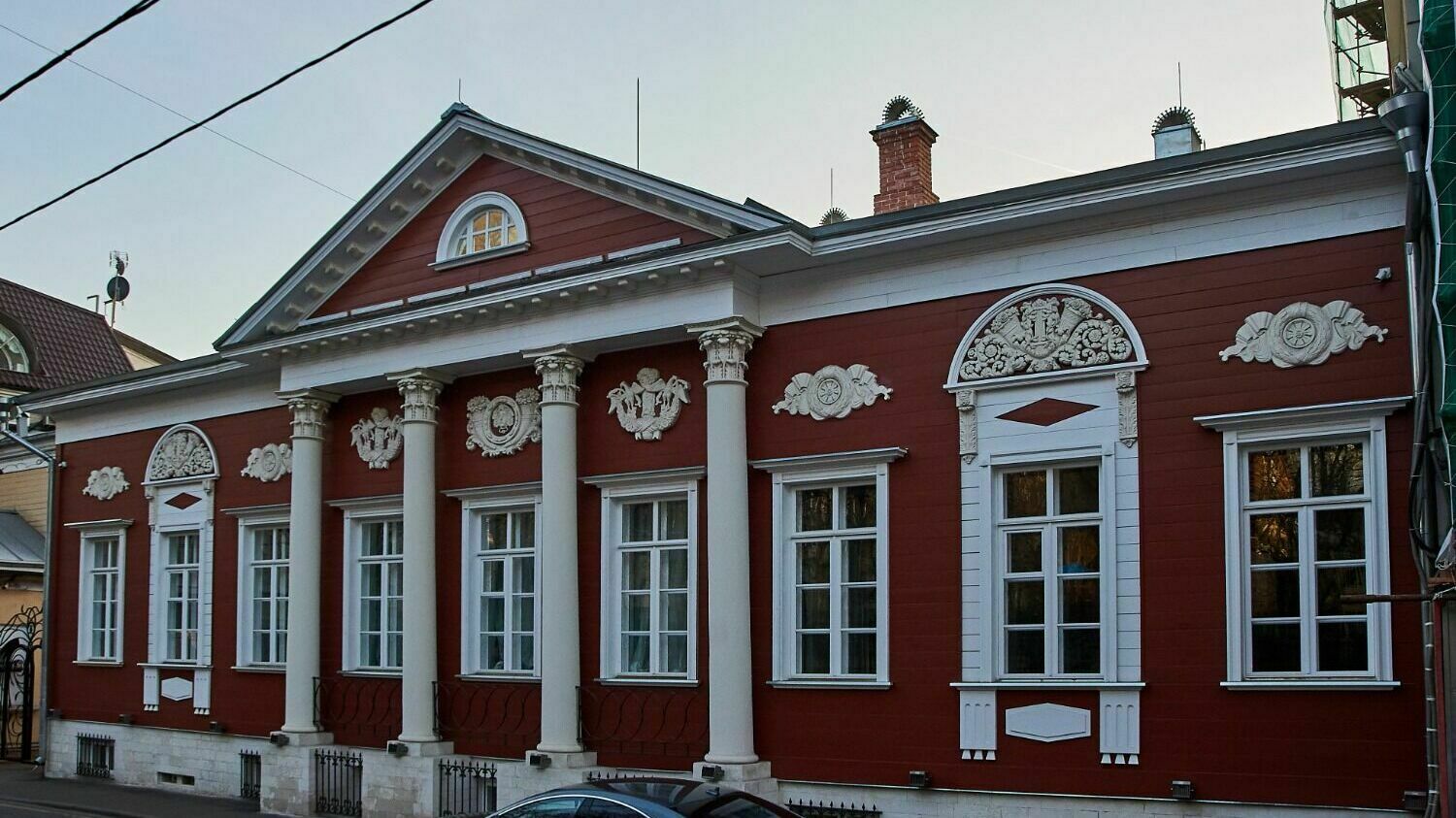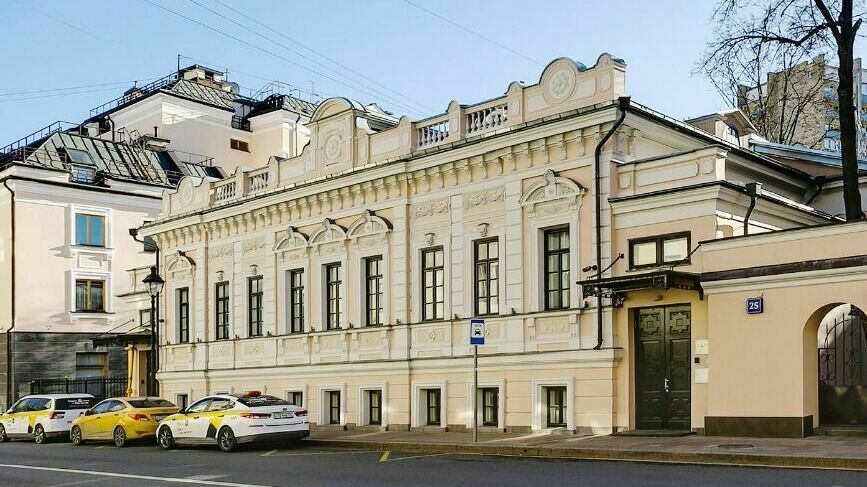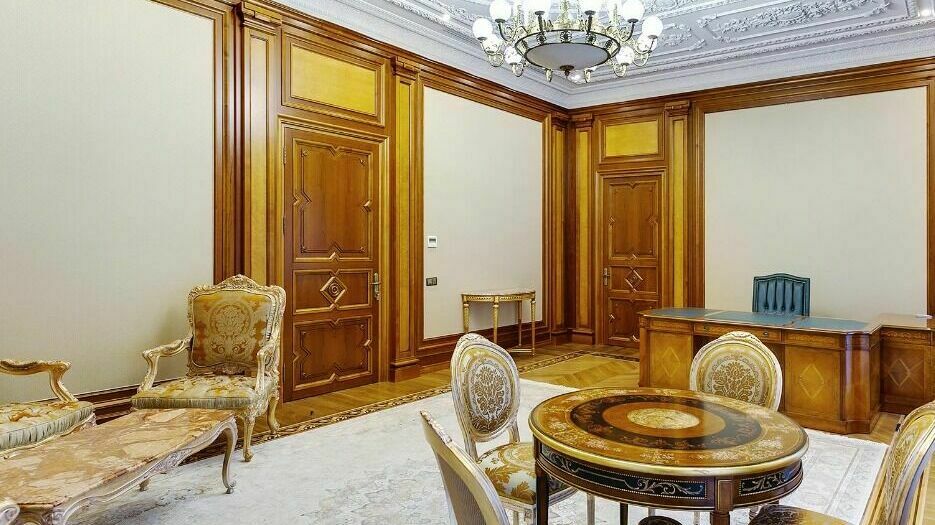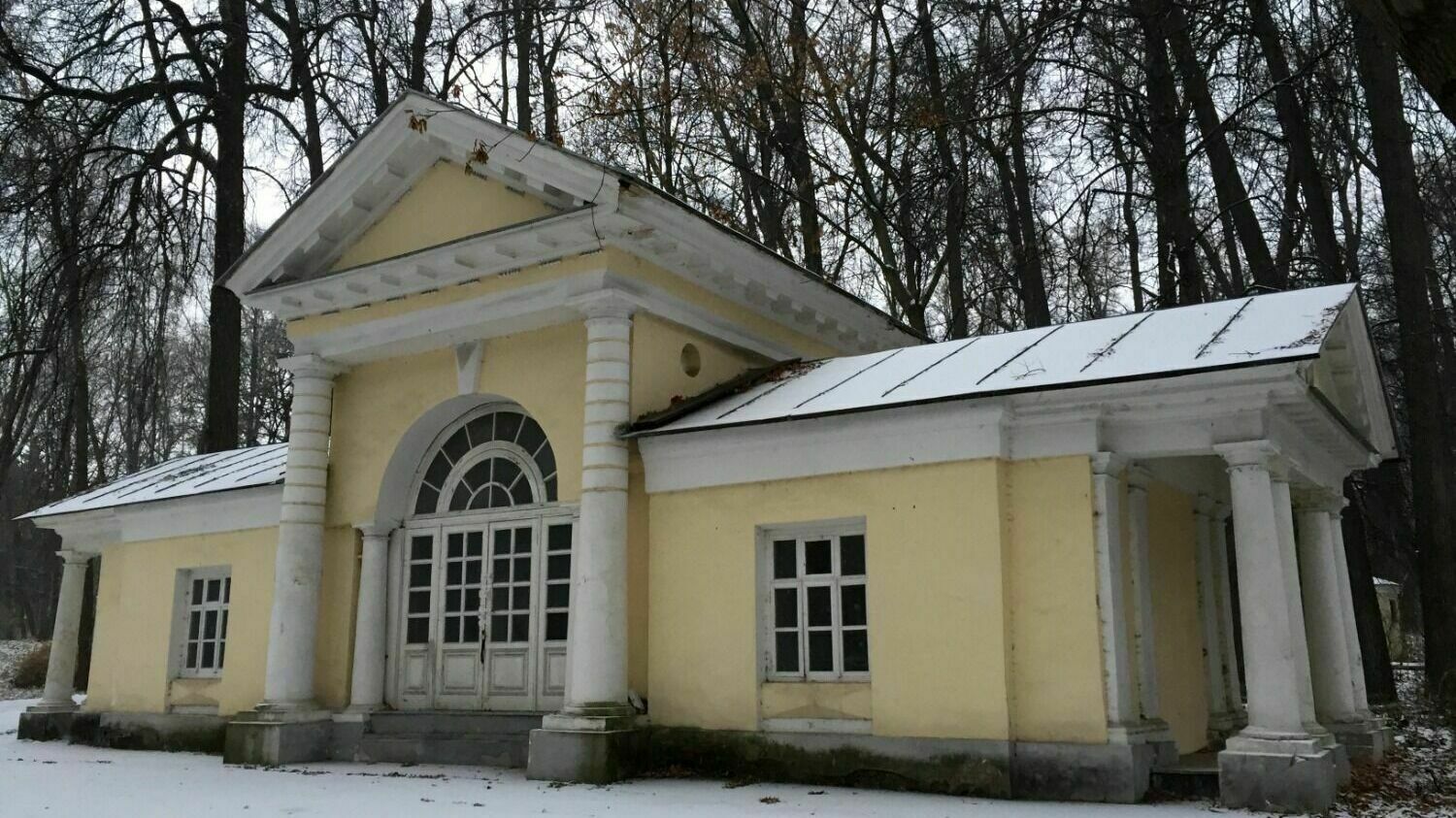Posted 27 декабря 2022, 08:11
Published 27 декабря 2022, 08:11
Modified 28 декабря 2022, 09:19
Updated 28 декабря 2022, 09:19

From restoration for billions to destruction. The fate of the "manor estate" in Moscow
Alexander Dybin
The concept of "noble estate" is extensible.
As representatives of the Architectural Excesses project explained to Novye Izvestia, estates left over from merchants and other estates can also be included in this category. And the number of such objects in Moscow, according to various estimates, can be from 300 to 1000.
"The term is rather vague, because there were not only noble estates, but also merchant estates, as well as those belonging to wealthy citizens of other estates", - says the interlocutor, - "the borders of Moscow were constantly changing, and if we are talking about objects near the MKAD, then yes, most likely, it is a noble estate. But there are many estates that are urban, they stand within the TTK. I would estimate that there are several dozen noble estates in Moscow that are as close as possible to what is described in classical Russian literature of the 19th – early 20th century". According to the author of the blog "Chronicle of the Russian estate" and the tourist project "Manor Express" Vadim Razumov, there are more than 1000 such objects in the capital.
They are all in different status and in different condition. At the same time, it is difficult to single out any typical fate of a noble house. The only thing in common is that in 1917 they were nationalized, and then either state institutions or residents came into them. But in the 90s there were so many forks that the trajectory of each estate became unique. Some object turned out to be abandoned and deserted, some was privatized and turned into an office or housing. And some of them are still in state ownership.
According to experts interviewed by Novye Izvestia, none of the ownership options guarantees the preservation of the monument and its accessibility to society.
"There are two destructive approaches to the preservation and use of historical heritage in the world. The first, more typical for our country, is the attitude from the series "don't breathe on a masterpiece". That is, the only "legal" option for the existence of estates is recognized as museumification. This is utopia. Every monument cannot be a museum. It should develop in its own unique way, serve the citizens and owners in different guises", - says Vadim Razumov, - "and the second destructive approach is the abolition of the uniqueness of historical monuments, treating them as completely ordinary "walls". We can observe this on the example of some European countries, where beer bars are opened in the building of former temples, where trees are cut down in once beautiful parks - masterpieces of landscape architecture of past eras, ugly sculptures of contemporary art figures are installed. The culture of special care for historical monuments is being lost. Their uniqueness is "canceled" - the state does not protect it, the owner does not value it, society does not create it."The representative of the Architectural Excesses project notes that often no one wants to invest in cultural heritage, primarily because of the high cost, the restoration of the estate can pull up to a billion rubles, or even more".
Therefore, if there are those who want to own such an object and save it, this is good.
"It's not bad at all that the objects have fallen into private hands. Often the state distributes them according to the principle: I will restore at least something, - says the interlocutor, - if we are talking about a state corporation or a rich owner, then you need to thank the person that he did it. And even better, if this object remains open. There are almost no stories in Moscow when descendants revived the family estate, one of the few examples is the Murviev–Apostol estate on old Basmannaya Street. But as a rule, the stories are very different. Both the state and the private owner can be inefficient owners. And a museum with an exposition of the 60s, where no one goes, is not an exit for the estate. This is the question in whose hands the estates are better, open. Any person who provides access to the monument of historical and cultural heritage is a clever person who not only fulfills the law, but can also receive an order". The expert notes that among the preserved estates, not a few have museum value.
"For example, the Kuskovo estate, which has a world-class collection of ceramics, museums are a large number of royal residences," says the interlocutor, "in general, it is a common understanding for Moscow that the estate is equal to a museum. Such are the estates of Lublino, Vlachernskoe-Kuzminki. Within the limits of old Moscow, there are estates where work is still underway, this is Pokrovskoye-Streshnevo, Yasenevo manor, where the horse was not lying, Kuzminki, where everything is pretty bad. There are many estates that are inaccessible to ordinary citizens, for example, Znamenskoye, Cheryomushki, Narrow manor, where everything is bad, there are estates that are not clear to whom they belong, for example, Mikhalkovo". The estate, as an object of sale
According to Dmitry Khalin, managing partner of Intermark Real Estate, there are few transactions with estates in Moscow due to the fact that there are only a few hundred objects themselves.
"I think we can talk about sales of 2-5 objects per year. Recently, such objects often appear at auction house.They cost differently, depending on the location, from 100 to 400 thousand rubles per square meter," the expert says. - The goals of acquiring such real estate may be different. If we talk about the luxury real estate market, then in recent years it has been mainly the reconstruction of small apartment buildings. So, as an example, we can cite Prechistenka, 8 and Prechistenka, 33. In this case, projects are implemented for profit: the house is divided into apartments, if it was not divided historically after the revolution, then there is a reconstruction-restoration of the object with the preservation of cultural heritage objects. Moreover, somewhere the whole object may be under protection, somewhere only parts of it. For example, facades, walls, stairs, or, say, a part of the estate that was built as the original object. In general, this case is very troublesome, requiring the use and involvement of special design organizations with access to cultural heritage sites, as well as contractors who have competence to work with historical objects". At the same time, estates in the struggle for the interest of developers have a serious competitor – apartment buildings that are more suitable for reconstruction and from them you can get more useful space that will bring profit.
"Developers prefer apartment buildings, because their characteristics are closer to modern housing: higher ceilings, easily divided into apartments, there is an entrance group that can be adapted to modern conditions", - Dmitry Khalin said, - "In Moscow, in total, about three dozen such reconstruction projects have been implemented. But if we talk exclusively about noble estates, then it is very difficult to reveal the potential of such objects, because it is necessary to get apartments that meet all modern consumer requirements. Someone is converting them into private mansions. But, recently, the fashion to live in a city mansion has cooled down somewhat and those who want to occupy the mansion entirely, today more often choose a full-fledged country format, both for environmental reasons and for noise characteristics. Therefore, if we are talking about a full-fledged estate, then they sell it out of town."Despite all the contradictions, there are still movements in this small but money market".
Several objects are being sold right now. For example, a mansion on Malaya Nikitskaya is for sale. For an object with an area of slightly more than a thousand square meters. They are asking for a billion rubles. The building with chic interiors once had a restaurant, and now it can accommodate an office.
But this is not a record amount either. Not so long ago, a mansion in Maly Vlasyevsky Lane was sold. It was exhibited for 3.7 billion rubles, the final sale price is not known. This house claims to be the house of Margarita from Bulgakov's novel. In the Soviet years, a rhythmic institute was located here, and then a medical dispensary. But now, according to some reports, housing has been made in the building after restoration.
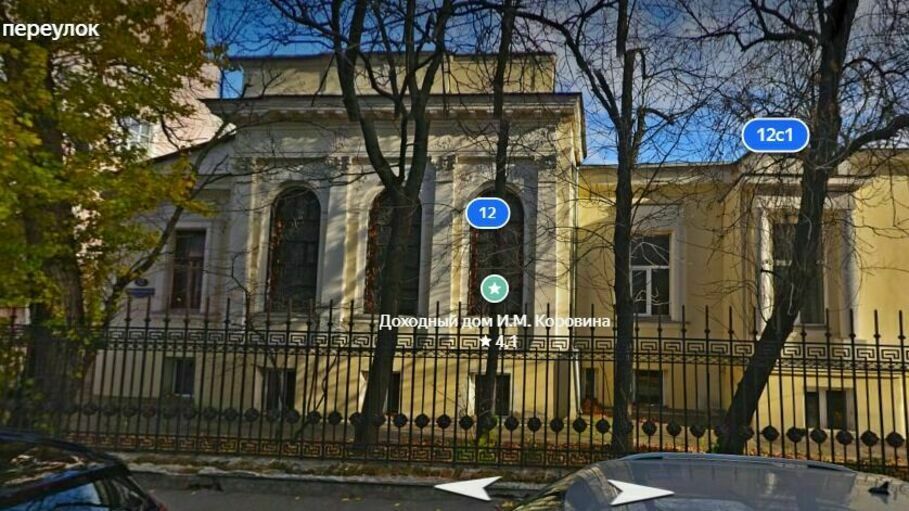

Another way to purchase such a property is to auction a bank House.The Russian Federation, where the object comes from state property, which once escaped privatization. For example, the Uspenskoye estate, which belonged to Sergey Morozov, is now for sale. 190 million rubles are being asked for a building in the Victorian Neo-Gothic style. The artist Isaac Levitan lived here and the writer Anton Chekhov visited. Until recently, the manor, more like a castle, belonged to the Academy of Sciences, a sanatorium was located here.
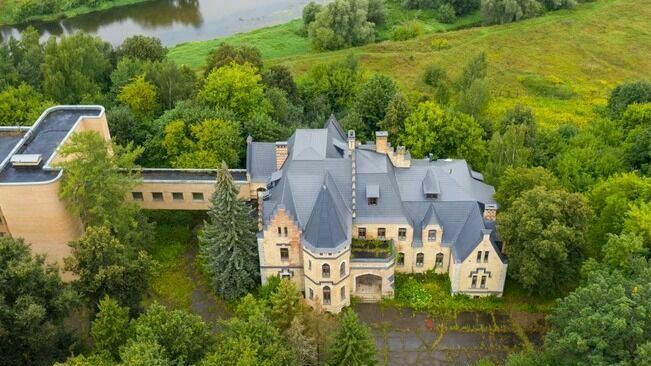

Another object that is being sold right now is the Perovsky House on Novaya Basmannaya. It was built in 1819. After the revolution, there were residential apartments here, and in the 90s, a bank office. The cost of the object has not yet been determined.
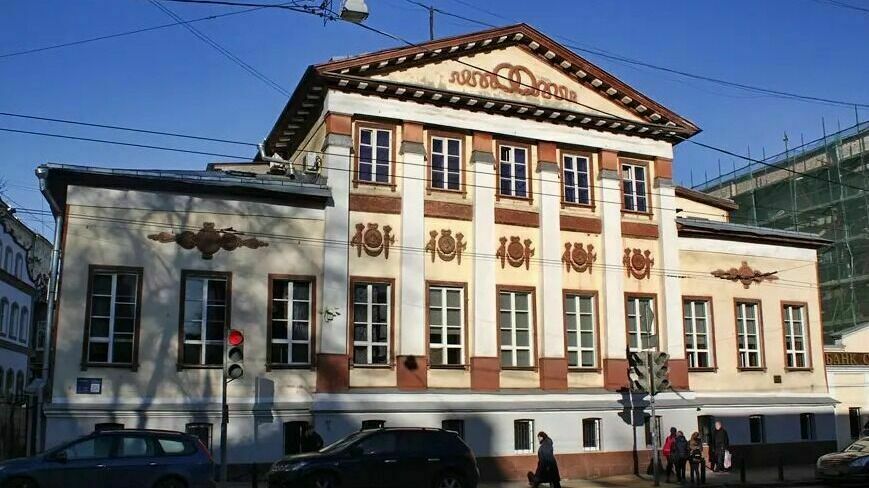

The third way of estates to the market is the state program for the preservation of cultural heritage objects "ruble per meter". According to it, the authorities lease historical buildings for a nominal fee in exchange for the restoration of objects. At the start of the project, it was reported that up to 7000 different objects could fall under this program in the country. In Moscow, since 2012, when the program was launched, more than 30 objects have been transferred to new owners. 20 have already been restored, there are noble estates among them.
The fate of noble estates
There are quite a few noble nests in Moscow and the surrounding area, which turned into museums centuries after their construction. For example, the palace and Park museum-reserve "Ostankino and Kuskovo", which unites two homesteads of the same name. Both are the heritage of the Sheremetev family. There are mentions of Kuskovo dating back to the 16th century. After the revolution, the estate almost immediately became a museum and has been preserved in this status to this day. Now a regular park is maintained here, antiquities, furniture, books, porcelain and much more are stored in the funds.


There is a similar story with the Lublin Museum. One of the most famous owners was Nikolay Durasov, who is also called the Russian Gatsby. After nationalization, a variety of institutions from schools to police stations were located here. During the war, the building was used as housing, and then the Institute of Oceanology came here. In the 90s, the estate survived privatization, but then returned from private hands to the state. Now there is a museum complex in the main house of the estate.
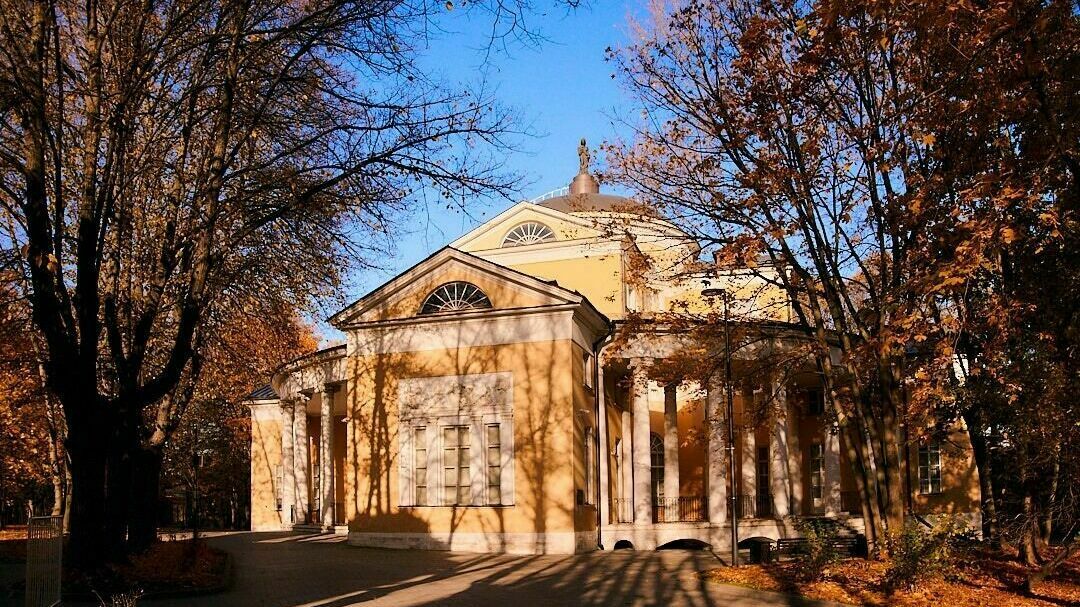

The fate of the Pokrovskoye-Streshnevo estate on the Volokolamsk highway turned out to be difficult. These territories once belonged to the tutor of Peter the Great Rodion Streshnev. After the revolution, a sanatorium of the Central Committee was organized here. In the 20s, they tried to open a museum here, but it didn't work out. After that, the building passed to Aeroflot. Since the 70s, restoration was planned here, but it never started. And in the 90s, the airline sold the facility. The authorities tried to challenge the deal. But while the procedures were going on, the estate turned into ruins. Now it is owned by the organization "Mospriroda", there are plans to create a cultural center here. A community of caring citizens has formed around the estate and the park, who are seeking the restoration of the facility.
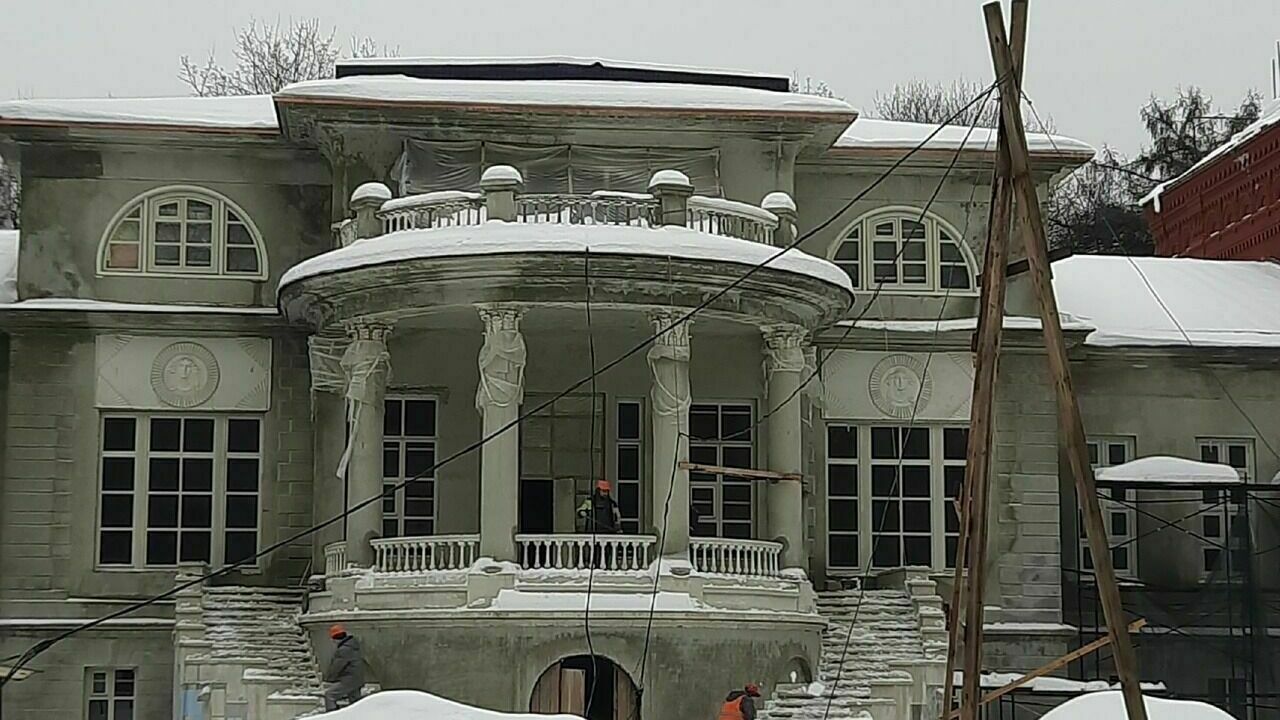

Yasenevo manor in different years it belonged to the Lopukhins and the Sheremetevs. In the early years of the USSR there was a state farm here. In 1924, the main house burned down, and its restoration began only in the 1970s. In 1995, the facility ended up in private hands. The owner and the authorities have been discussing restoration projects and adapting the estate to modern use for years. In 2018, the object was acquired by another owner. But the building is still in disrepair.
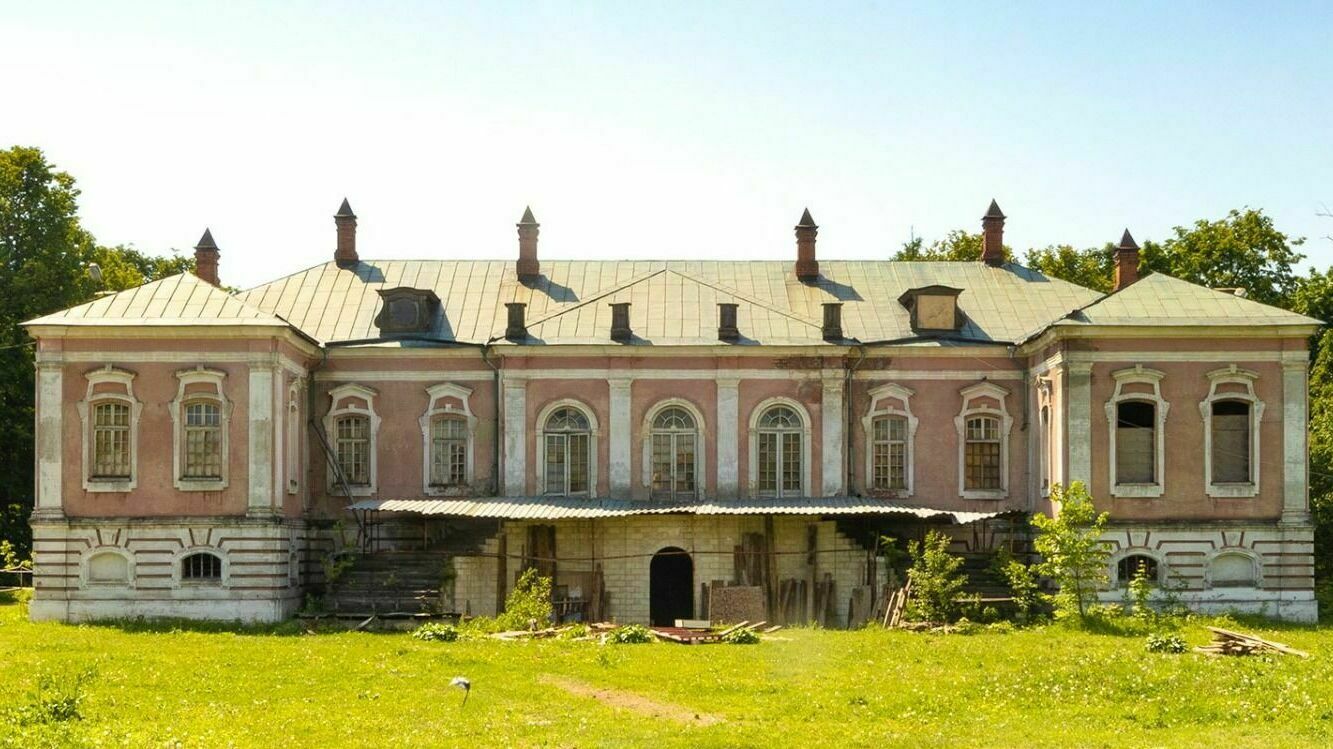

The Narrow estate in the Bitsevsky Forest, the last pre-revolutionary owner, which was Peter Trubetskoy, is an example of an object that is well preserved, but not accessible to the public. For the last 100 years, the object belongs to the sanatorium of the same name of the Academy of Sciences. The manor began to open only now. In 2018, the first excursion groups were allowed here.
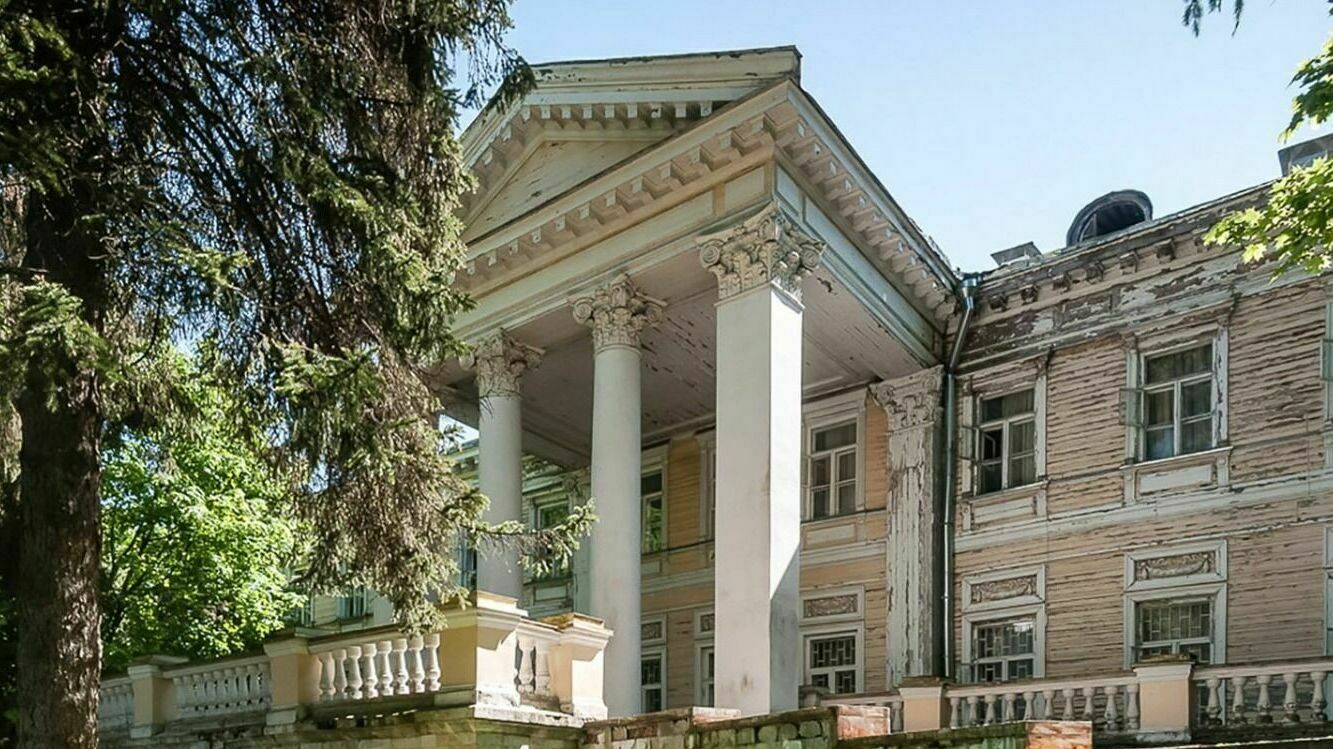

Cheryomushki-Znamenskoye is located in the south-west of Moscow, one of its owners was the grandson of Peter's colleague Alexander Menshikov. After the revolution, there was a state farm here, and then scientists from the Institute of Theoretical and Experimental Physics moved here. The facility is still a security facility and access here is restricted. At the same time, there are buildings on the estate that are dilapidated and not used.
The estate of Volkonskaya – Anna von Meck in Chisty Lane in the center of the capital is one of the objects associated with the novel "The Master and Margarita". According to one version, it was in this house that the Master rented basement rooms. The first owner of the estate was Princess Sophia Volkonskaya– the sister of the Decembrist Sergei Volkonsky. By the end of the 20th century, the object passed to Anna Mekk, the wife of a major industrialist. Until recently, there was an office here. Until 2012, the object belonged to the Department of Cultural Heritage of Moscow. But it was sold to the private company "Noble Nest". The amount of the transaction according to some sources amounted to 600 million rubles. In 2019, the authorities of the capital reported that restoration had begun in the building.
"For almost 30 years since the last restoration, the main house of the Volkonskaya — von Mecca city estate needs restoration work again. The plaster on the facades has cracked, the brickwork of the foundation has collapsed in places, and the wooden railings of the balcony are rotten. During the restoration, specialists have already strengthened the foundation, restored the plaster of the walls and the lost parts of the stucco, temporarily dismantled the wooden balustrade and balcony grilles", - the head said at the time Department of Cultural Heritage of the City of Moscow Alexey Yemelyanov.The new owner of the building was not mentioned, but photos of the mandatory full house with data on the manufacturer of the work were preserved, the company "Noble Nest" is also indicated there.
According to the SPARK database, the legal entity is registered to Stanislav Kuznetsov, the main activity is the management of real estate objects. However, there is no special activity in sight, there is one person in the staff. The company has been showing losses for years, and annual revenues fluctuate around the million-ruble mark.
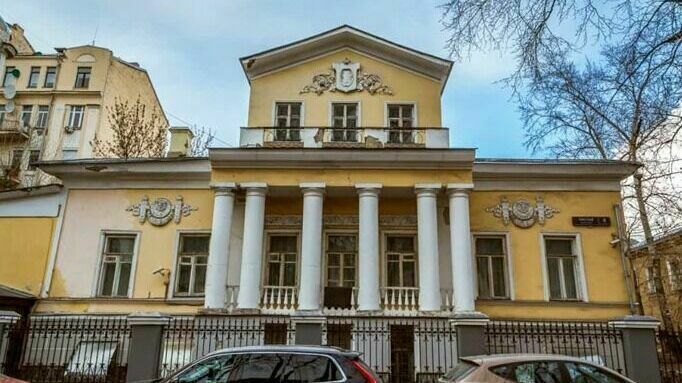

Mukhanov's house has practically disappeared from the face of Moscow. The estate was built in 1816 by Senator Alexey Mukhanova. Then the building was rebuilt for furnished rooms, the artist Vasily Surikov lived here for two years. The building was badly damaged by a fire in 2002. After that, they began to look at the object as a piece of land in a good place. First, the object was transferred to one of the structures of the Moscow State University, and now it is in private hands at all and a redevelopment project has been discussed for almost 20 years. By now, only the facade wall remains of the estate.


The Gribovs' house is also decaying and collapsing, while the authorities and owners are discussing reconstruction projects. According to the organization "Archnadzor", a few years ago a tourist bureau left the house, and it was empty.
"Only in July 2018, the Moscow Department for Competition Policy put it up for auction at a preferential rate of "ruble per meter". The winner of the auction was LLC "Strike". In the spring of 2019, the Moscow City Heritage issued a task for the development of a restoration project", - the Archnadzor notes.
It was noted that the restoration work formally began in 2021. But in the summer of 2022, the house was empty and was covered with a banner.


Mamontov's dacha once belonged to the Princes Dolgorukov. And at the beginning of the 19th century, it changed its owner, Count Matvey Dmitriyev-Mamonov became it. And on the eve of the revolution, it was bought by the Moscow authorities. In the Soviet years, the estate was divided between the institutes of chemical physics and physical problems. Scientific structures still own the object, but this does not help the preservation of history. In 2013, there was a fire in the building. Some of the objects are in dilapidated condition and restoration plans are not announced.
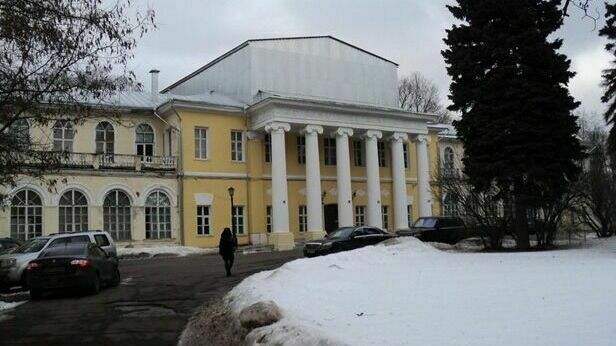

One of the positive examples of restoration under the "ruble per meter" program is the house of the estate of the Sytin nobles, who once survived the fire of 1812. According to Archnadzor, they tried to give the object into private hands twice. In 2011, the building was transferred to the Foundation of St. Andrew the First-Called for restoration. But it never started. In 2015, we found a new interested party who completed the work by 2019.
